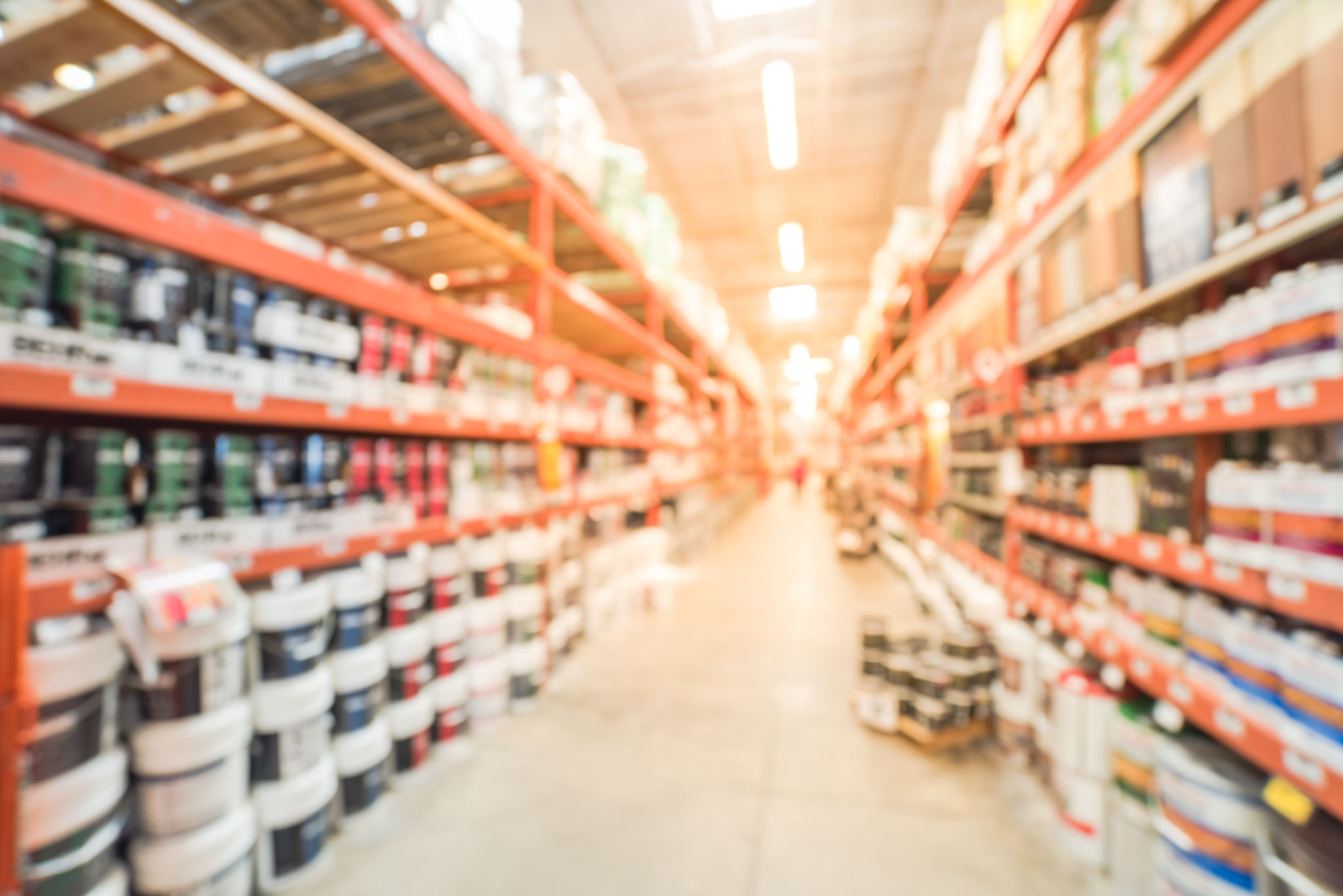Common Myths About Eco-Friendly Paints Debunked
Understanding Eco-Friendly Paints
Eco-friendly paints have gained popularity over recent years as more people become conscious of their environmental impact. Despite their growing use, several myths persist regarding their effectiveness and value. It's essential to debunk these myths to help consumers make informed choices.
Eco-friendly paints are formulated to have a minimal environmental impact, using natural ingredients that reduce harmful emissions. However, misconceptions often lead buyers to hesitate or avoid these sustainable options altogether.

Myth 1: Eco-Friendly Paints Are Not Durable
One of the most common myths is that eco-friendly paints lack durability compared to traditional paints. This is far from the truth. Modern eco-friendly paints are designed with advanced technology that ensures they are just as durable, if not more so, than their conventional counterparts.
Many eco-friendly paints are resistant to moisture and UV rays, making them suitable for both indoor and outdoor applications. They provide long-lasting color and protection, offering the same performance standards as regular paints.
Myth 2: Limited Color Options
Another misconception is that eco-friendly paints offer limited color choices. In reality, these paints come in a wide array of hues, allowing homeowners to find the perfect shade for any room or style. Many brands provide custom color mixing services, ensuring an extensive palette is available.
The variety of pigments used in eco-friendly paints is comparable to traditional options, enabling the creation of vibrant and diverse color schemes. This means you can achieve your desired aesthetic without compromising on sustainability.

Myth 3: Eco-Friendly Paints Are More Expensive
Cost is often a concern when considering eco-friendly products. While it's true that some eco-friendly paints may be priced slightly higher than conventional options, the difference is not as significant as many believe. Moreover, the benefits often outweigh the initial cost.
Eco-friendly paints contribute to better indoor air quality and reduce health risks associated with volatile organic compounds (VOCs). These advantages can lead to long-term savings in healthcare costs and increase the overall comfort of your living space.
Myth 4: Eco-Friendly Paints Are Hard to Find
Some consumers assume eco-friendly paints are niche products that are difficult to source. However, with growing demand, many home improvement stores and online retailers now stock a wide range of eco-friendly paint options from various manufacturers.
With increased availability, finding the right eco-friendly paint for your project has become more convenient than ever. You can easily explore brands and compare products online or at your local store.

The Benefits of Choosing Eco-Friendly Paints
By choosing eco-friendly paints, you not only contribute to a healthier planet but also enhance the well-being of your home's occupants. These paints emit fewer pollutants, making them safer for families, pets, and the environment.
As awareness grows and technology advances, eco-friendly paints continue to improve in quality and accessibility. Embracing these products helps support sustainable practices and encourages further innovation in the industry.
